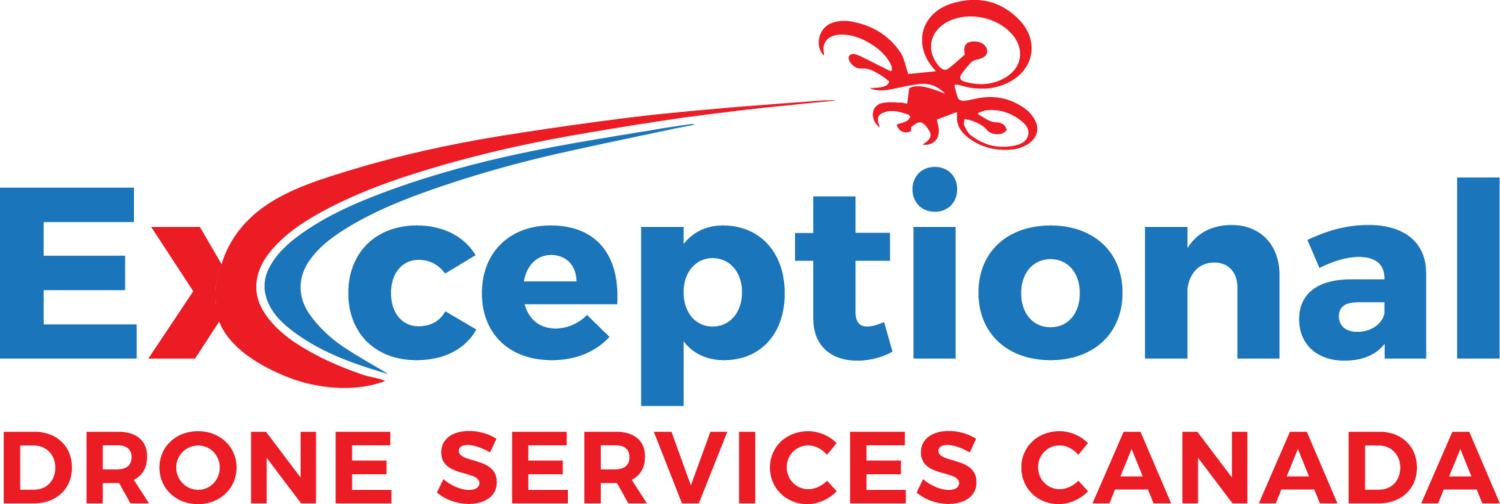Revealing the Unseen: Using Thermal Imaging to Assess Your Building Envelope
Aerial thermal image of a building envelope during inspection.
Thermal imaging, also known as infrared imaging, is a non-destructive technology that detects heat variations on surfaces. In the context of building inspections, drone-based thermal cameras can detect irregular heat signatures that identify hidden problems such as roof leaks, water intrusion, insulation gaps, and air escaping from the building. This non-invasive method provides detailed insights without disrupting building operations. In the world of commercial property management, hidden moisture can lead to major headaches—ranging from structural damage to mold growth and costly repairs. Identifying these issues early is key to maintaining the integrity and value of a building.
That’s where thermal imaging technology comes in. At Exceptional Drone Services, we use advanced infrared thermal imaging to help engineers, contractors, infrastructure managers, municipalities, property managers, insurers, and building owners detect hidden moisture and structural issues within roofs, walls, bridges, and other critical assets—without the need for invasive inspections.
How Thermal Imaging Works
Thermal cameras detect very small temperature differences on surfaces, taking heat energy and transforming it into visible light energy. When moisture is present within the building envelope, it typically retains heat differently than dry materials. When there is a pocket of air from delamination beneath the surface like a bridge deck or concrete pillar, it creates temperature anomalies a thermal camera can see. Trained thermographers analyze these patterns to identify a wide range of issues, including:
Building envelope and roof systems
Electrical and mechanical systems
Infrastructure and assets
Delamination of bridge decks and pillar deterioration
Moisture and plumbing
Forest fire detection and safety
Search and Rescue
These issues often go unnoticed until damage becomes visible or severe. Thermal imaging helps catch problems before they escalate, which can drastically reduce repair costs and downtime.
How It Helps: Real-World Applications
Thermal imaging is especially effective in identifying:
Moisture Intrusion: Wet areas retain heat differently than dry areas, making hidden leaks easier to detect.
Air Leakage: Gaps in insulation or poorly sealed areas can allow conditioned air to escape, driving up energy costs.
Delamination and Voids: In flat roofs or cladding systems, trapped moisture or separation between layers can be visualized before it becomes a major issue.
Thermal Bridging: Areas where heat bypasses insulation can be pinpointed, helping improve building efficiency.
Whether it's a commercial roof, a heritage building, or a new construction project, thermal imaging supports proactive maintenance and your ability to make informed decisions to save you money.
Safe, Efficient, and Cost-Effective
Traditionally, inspecting hard-to-reach places like roof systems, facades, or under-eave areas involved scaffolding, lifts, or rope access—methods that are time-consuming, expensive, and potentially dangerous.
With drone-based thermal imaging, these inspections can be done safely from the ground. Our unmanned aerial systems (UAS) are equipped with high-resolution visual and thermal cameras, allowing us to inspect buildings quickly, thoroughly, and with little to no disruption to operations.
Why It Matters
Unseen issues in a building envelope can lead to structural damage, mold, higher energy bills, and safety hazards. Early detection through thermal imaging can save property owners thousands of dollars in repairs—and countless headaches.
It’s not just about finding problems. It’s about understanding your building better, so you can maintain it smarter.
We work with property management companies, industrial facilities, schools, healthcare buildings, and government structures across your region. Whether it’s a one-time inspection or part of an ongoing maintenance plan, we help clients stay ahead of maintenance related issues.


